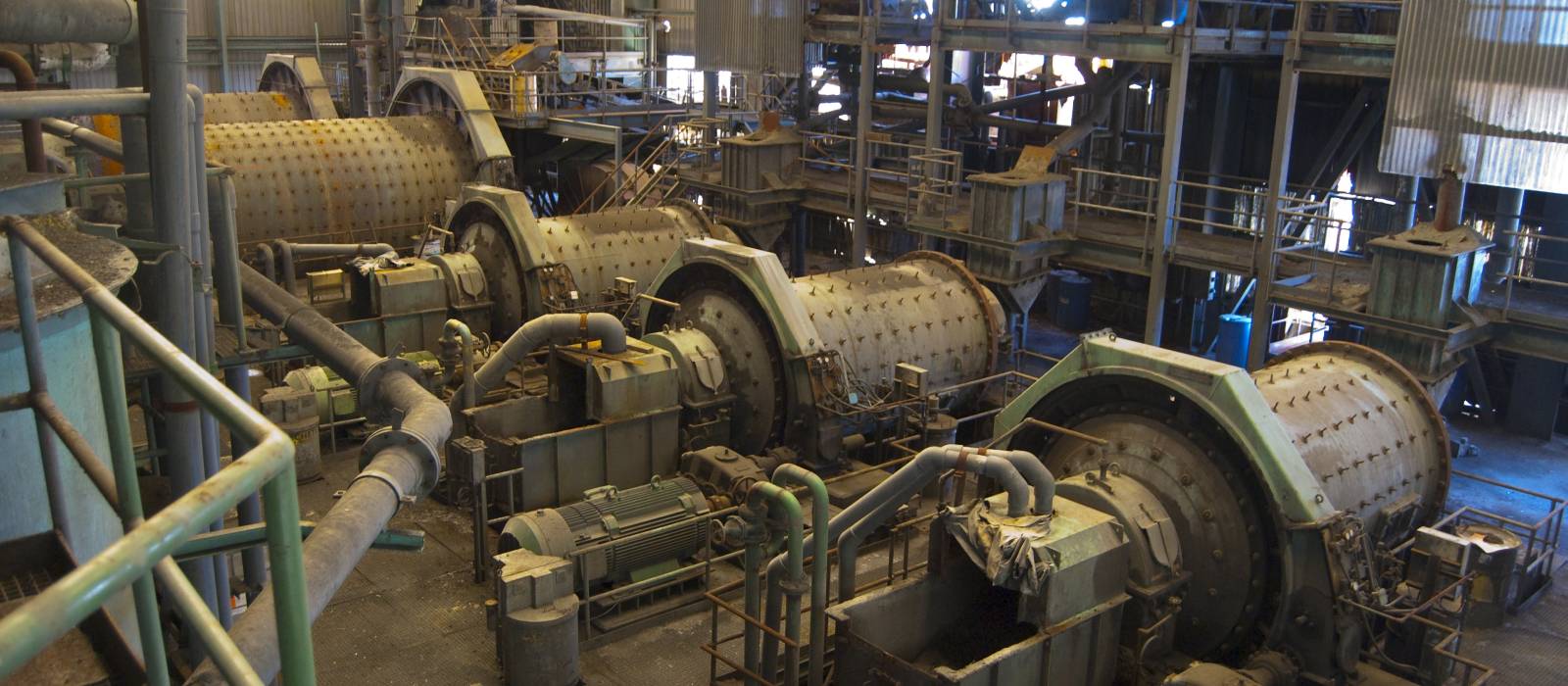Recent report identifies major carbon reduction opportunities in global mining

The global mining industry must move away from legacy systems and processes if it is to meet the challenge of decarbonisation, according to a recent report released last month.
The report calculates mining’s share of global energy consumption and identifies ways the industry can aid the transition to net zero emissions needed to limit temperatures in line with the Paris Agreement.
The report, commissioned by the Weir Group plc, analyses mine energy data from more than 40 published studies to give a comprehensive understanding of where energy is consumed in mining and minerals processing. It shows that the total amount of power used by the mining industry – which plays an essential role providing the metals used at the heart of the modern economy – is equal to around 3.5 per cent of global energy use.
The metals produced by mining are critical for enabling the global transition to low-carbon infrastructure. But without action, energy use in mining itself is set to trend higher in the coming years as demand increases for metals like copper, nickel and zinc. The report suggests there are technologies available today that could make a significant difference to this trend. For example, it highlights that comminution – i.e. crushing and grinding processes – is the single biggest user of energy at mine sites, typically accounting for 25 per cent of mining’s final energy consumption. This is equivalent to the power used by 221 million typical UK homes, or around one per cent of total consumption globally. Comminution is therefore a natural target for the most impactful energy savings opportunities.
Small improvements in comminution technologies can lead to relatively large savings in both energy consumption and greenhouse gas emissions. For example, a five per cent incremental improvement in energy efficiency across comminution could result in greenhouse gas emissions reductions of more than 30 million tonnes of CO2-e. The replacement of traditional comminution equipment with new grinding technology also reduces indirect emissions in the mining value chain, for example by removing the need for the manufacture of emission-intensive steel grinding balls.
Of the remaining energy consumption by the mining industry, diesel in varied forms of mobile equipment accounts for 46 per cent, electricity in mining (ventilation) 15 per cent and ‘other electricity’ 14 per cent.
AusIMM Fellow Alison Keogh, who is Chief Executive of the Coalition for Energy Efficient Comminution, said that the report ‘highlights both a challenge and an opportunity to revitalize cross-industry discussion and actions on decarbonisation and ESG solutions. We invite industry leaders to actively contribute and collaborate through mining-vendor-research partnerships and share knowledge. Together, we can accelerate improved energy, emissions and water footprint across industry faster.’
Other significant opportunities identified by the report for reducing mining’s energy consumption include optimisation, big data and artificial intelligence. In addition, if zero emissions energy sources are deployed for mining equipment – eg, renewable energy, energy storage and alternative fuels – then the industry may well be able to achieve zero emissions, leaving a relatively small role for offsets and carbon credits to play.
The report comes as the mining industry is under ever-greater pressure to produce essential minerals that support some of the biggest global structural trends, from population growth to urbanisation and decarbonisation. Copper, nickel, steel and lithium are core components of electricity transmission and storage, electric vehicles and renewable energy infrastructure. The move to a decarbonised economy will result in increased primary consumption of these mined commodities, even after factoring for recycling, so it is important that mining itself becomes more sustainable.
Download the independent Mining Energy Consumption 2021 report here: www.energysavingsinmining.com
About The Weir Group PLC
Founded in 1871, The Weir Group PLC is a premium mining technology business whose purpose is to make customers’ operations more sustainable and efficient. The Group is ideally positioned to benefit from structural trends that support long-term demand for its technology including the need for more essential metals to support economic development and carbon transition. Weir’s highly engineered technology enables these critical resources to be produced using less energy, water and waste - reducing customers’ total cost of ownership. The Group has around 13,000 employees in over 60 countries. For more information, visit www.global.weir.